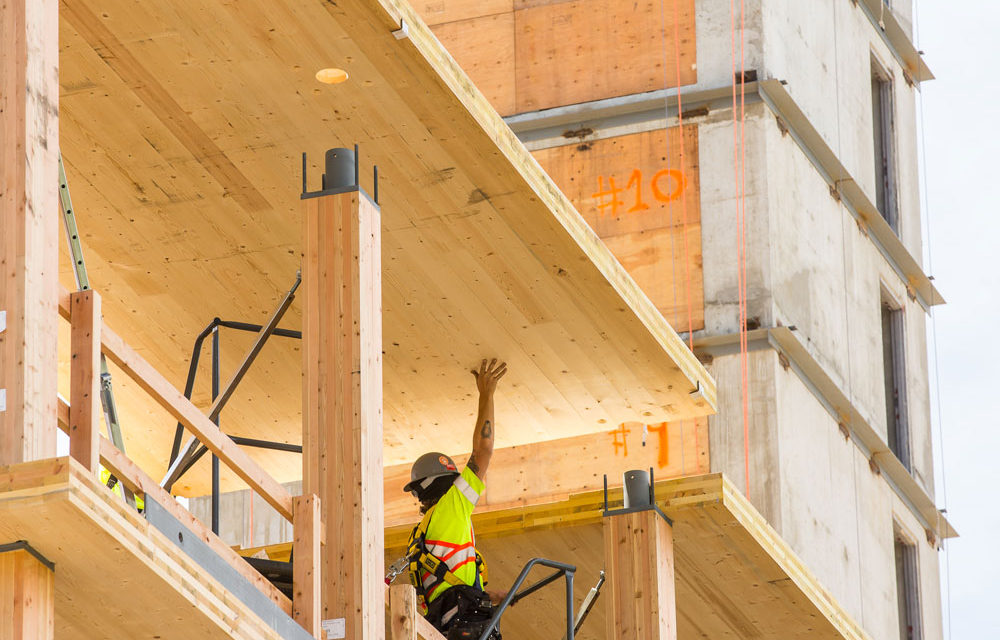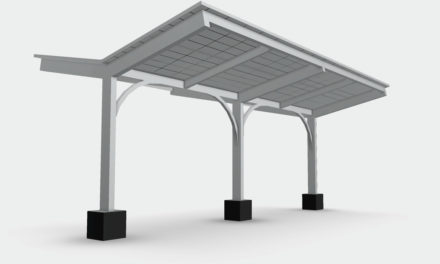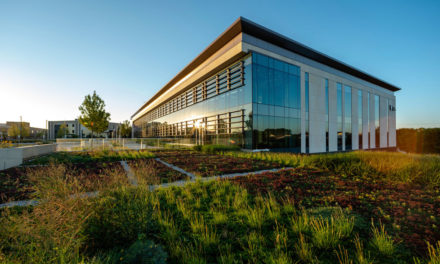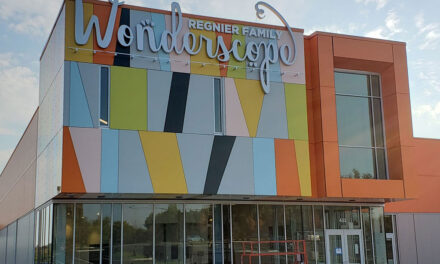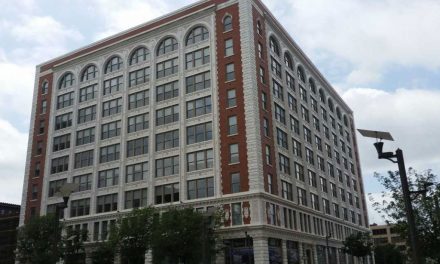WASHINGTON, DC, June 19, 2018 – Wood buildings play a critical role in the design and development of our communities, making the places we live safer, healthier, livable and more resilient.
In support of this year’s AIA theme, Blueprint for Better Cities, Think Wood will attend the AIA Conference on Architecture to share research and resources on the benefits of wood and how it offers better solutions for the communities where we work, live and play.
With mounting pressure to reduce the carbon footprint of the built environment, smart designers are finding ways to build more responsibly while still meeting operational and structural needs:
Diversity, equity, and inclusion
As the global population continues to rise, so does the need for sustainable housing in sprawling urban areas. Prefabricated wood structures are becoming more common, resulting in safer job sites and shorter construction times. Mass timber buildings, in particular, are roughly 25 percent faster to construct than similar concrete buildingsand enable 90 percent less construction traffic. Communities benefit from quicker time-to-market and limited noise and traffic congestion.
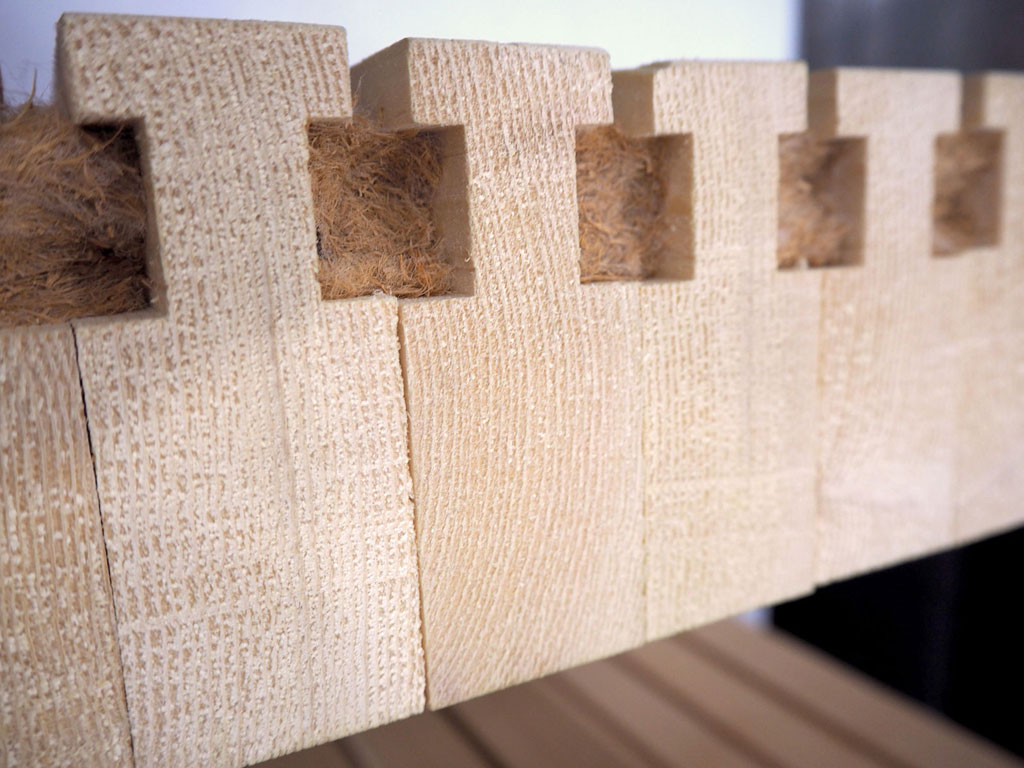
Dowel Laminated Timber (DLT) is a mass timber product that does not use nails or glue | DLT Sample: StructureCraft
Materials
Wood is the original high-performance building material—the only building material that is 100 percent natural and renewable. Wood products from sustainably managed forests are a responsible choice and require less energy to manufacture than other major building materials. Wood offers a combination of natural structural properties and aesthetics, suiting it for a range of applications in the built environment.
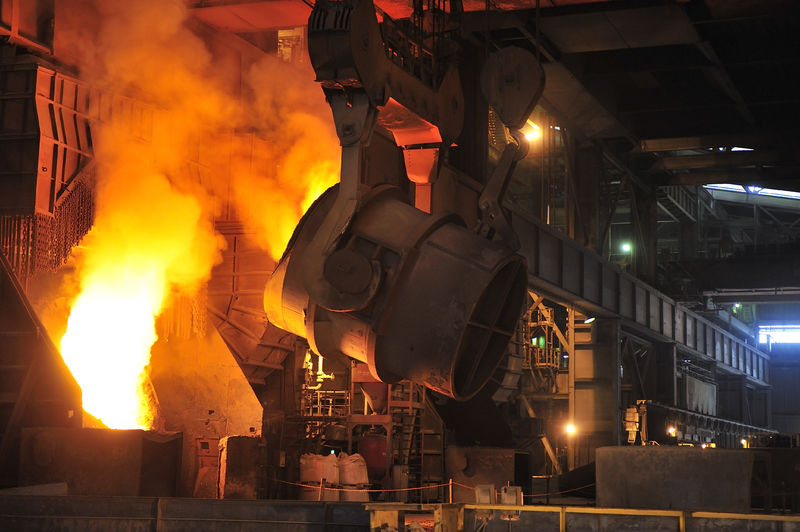
Ore smelting in a blast furnace.
Energy and Carbon
The negative impact of building materials from extraction or harvesting through manufacturing, transportation and construction is the driving force behind many initiatives to improve tomorrow’s structures. Wood structures require less embodied energy, are responsible for lower air and water pollution, and have a lighter carbon footprint than other common building materials. By some estimates, the near-term use of emerging wood technologies like mass timber could have the same emissions control effect as taking two million cars off the road for a year.
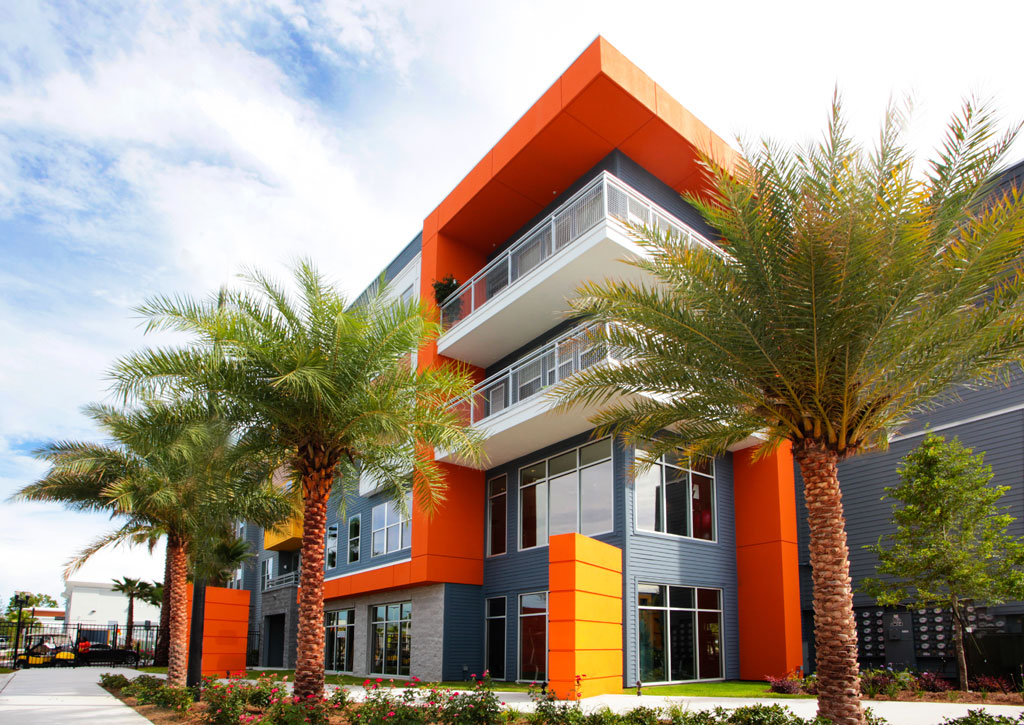
Photo: Pollack Shores in Florida, Matrix Residential
Resilience
The International Building Code (IBC) includes countless provisions and guidelines for designing resilient wood structures. These standards along with wood’s inherent resilient qualities improve building performance to better withstand earthquakes and hurricanes, the effects of climate change, even deliberate attacks. Resilience is key because there is nothing sustainable about having to rebuild structures before the end of their anticipated service lives and all the resources that entails.
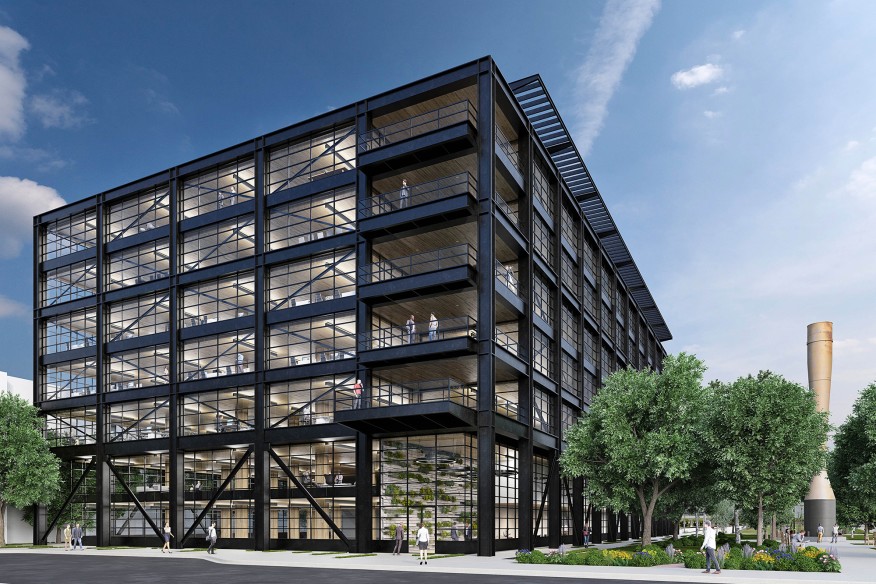
Hartshorne Plunkard Architecture with DLR Group. T3 West Midtown, in Atlanta, developed by Hines and designed by HPA with DLR Group
Design and Health
The use of wood as a structural or finish material can have a profound effect on the health and well-being of occupants. Effects include improved indoor air quality, acoustics, physical health, and a positive human response to wood that has always been intuitive but is increasingly being proven by research and experience.
Architects across America are increasingly incorporating wood in their designs for its promising potential to transform the way we build cities, while at the same time offering a safe and responsible alternative to traditional building materials. T3 West Midtown in Atlanta is a showcase example of a modern wood building being replicated in a second market following the success of the first T3 building in Minneapolis.
“T3 was designed in response to growing cultural demand for authenticity, sustainability and connectivity,” said Steve Cavanaugh, DLR Group design leader and principal. “The building reflects how contemporary tenants are thinking about design through a sustainability lens—so building materials matter.”
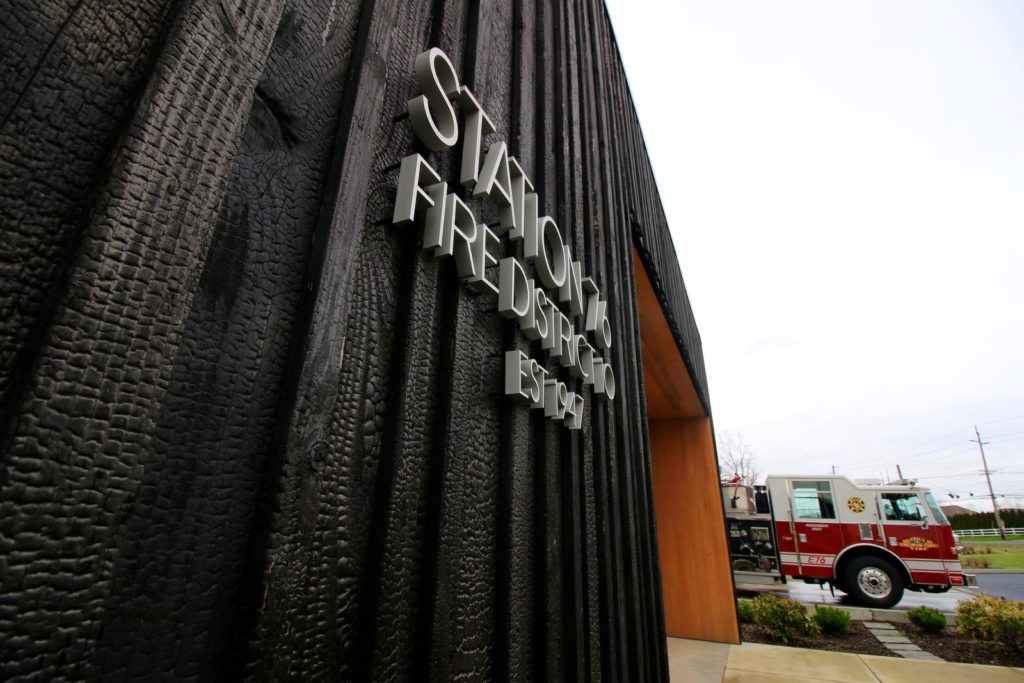
Fire Station 76 in Oregon | Architecture: Hennebery Eddy Architects
Fire Station 76 in Oregon is another wood building helping to make safer communities. Complying with code, even Oregon’s rigorous Structural Specialty Code for Essential Facilities, the wood design ensures uninterrupted operation following a major seismic or weather event.
“The decision to go with wood,” says architect Camilla Cok, AIA, of Hennebery Eddy Architects, “helped achieve a resilient structure designed for durability, redundancy, and recovery.”
To learn about other transformative wood projects like T3 and Fire Station 76, find Think Wood at the AIA Architecture Expo (booth #757) along with industry experts to talk about the latest trends and developments. You can also visit ThinkWood.com for more information and inspiration on the possibilities of wood.
More on Think Wood at AIA: A Blueprint for Better + Expert Hour

